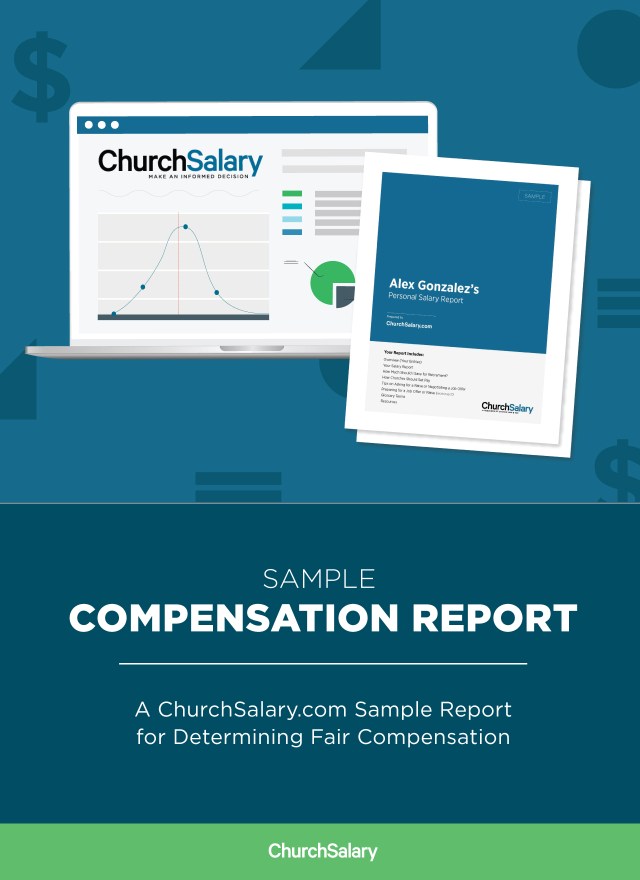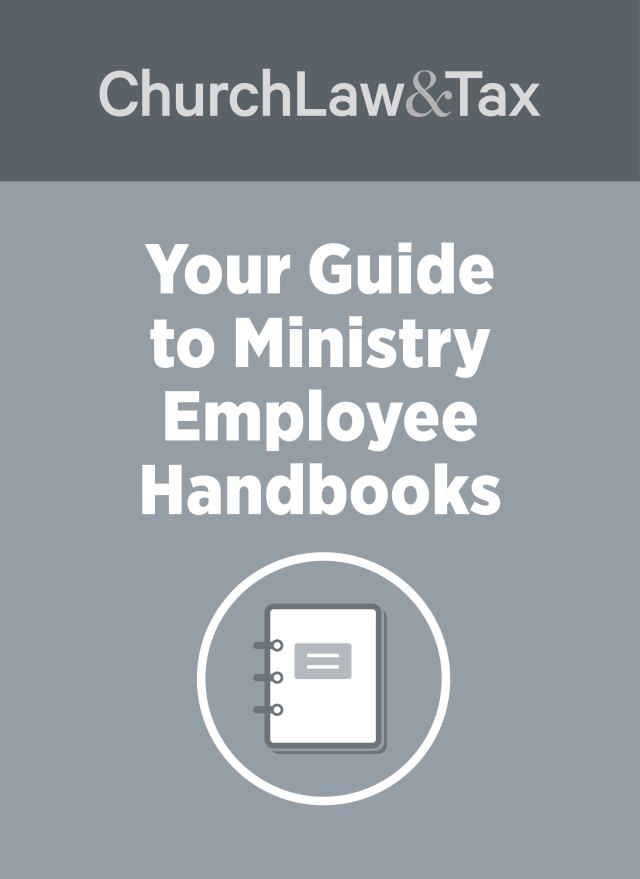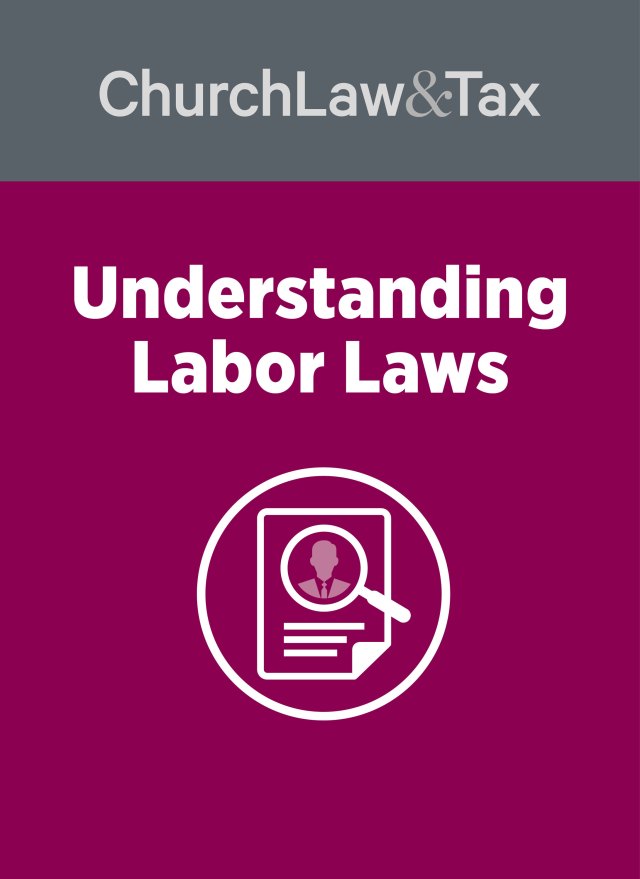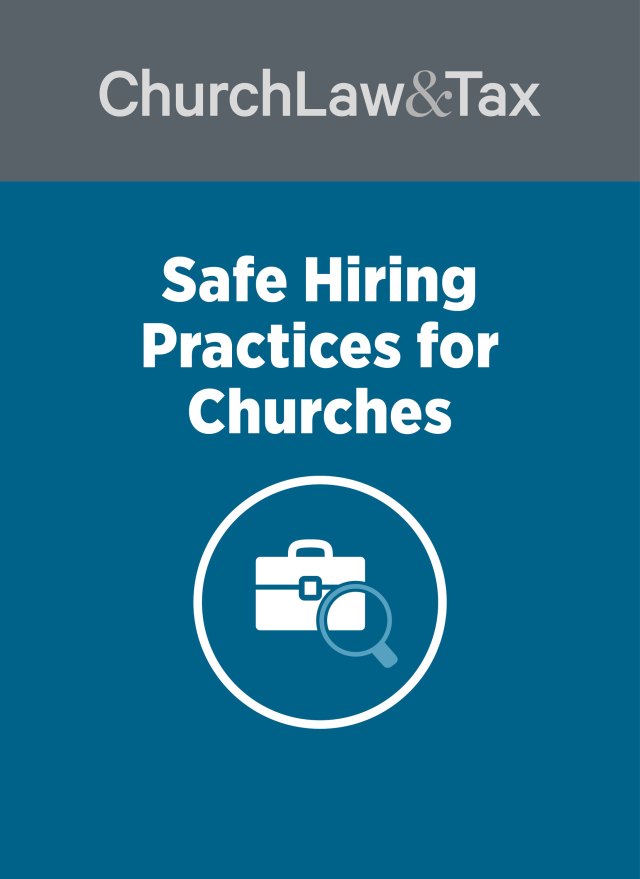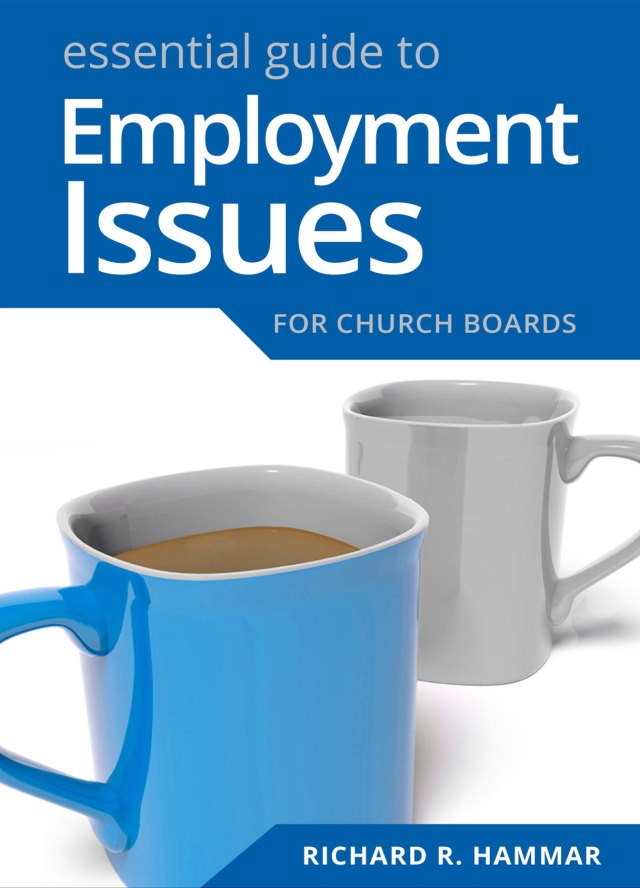Key point 8-05.1. Many federal employment and civil rights laws apply only to those employers having a minimum number of employees. In determining whether or not an employer has the minimum number of employees, both full-time and part-time employees are counted. In addition, employees of unincorporated subsidiary ministries of a church are counted. The employees of incorporated subsidiary ministries may be counted if the church exercises sufficient control over the subsidiary.
* A federal district court in South Carolina ruled that only employers with at least 15 employees are subject to the nondiscrimination provisions of Title VII of the Civil Rights Act of 1964, and that the 15 employee requirement could not be achieved by combining a local church’s employees with the employees of a Diocese. A woman (Nancy) was employed by a church as a secretary. The church choir director used a sexually offensive term in speaking with Nancy on one occasion. When she complained, a member of the church board told her that the church could not guaranty that language offensive to her would not be used in the church office and suggested that she resign if she could not work without such a guaranty. Nancy quit shortly after this conversation, and later sued the church for sexual harassment and retaliation in violation of Title VII of the Civil Rights Act of 1964 (Title VII). At the time of Nancy’s resignation, the church had three other paid employees (the pastor, choir director, and a Sunday nursery worker).
Title VII prohibits employers that have at least 15 employees, and are engaged in interstate commerce, from discriminating in any employment decision on the basis of race, color, national origin, sex (including sexual harassment), and religion. Nancy conceded that Title VII only applied to employers having at least 15 employees, but she claimed that this requirement was met under the so-called “integrated employer” test by combining the church’s employees with those of the Diocese with which the church was affiliated.
The court conceded that under the integrated employer test, “several companies may be considered so interrelated that they constitute a single employer.” In deciding whether to treat separate corporate entities as an integrated employer, “the factors courts have considered include: (1) common management; (2) interrelation between operations; (3) centralized control of labor relations; and (4) degree of common ownership/financial control. However, no single factor is conclusive and the test is not uniformly applied.”
The court concluded that the facts in this case did not support application of the integrated employer test:
Taken in the light most favorable to the plaintiff the only evidence is that the church is part of the Diocese, the Diocese provides funding to the church and the church provides funding to the Diocese, the Diocese currently employs over 15 employees at the Diocese office, plaintiff was provided health insurance through the Diocese office, the Diocese provides resolutions to the church, and the church is organized under the Diocese.
More specifically the undisputed facts are that the rector manages the day-to-day operations of the church by supervising the staff as well as conducting planning and looking after the well-being of the parish. Plaintiff was hired by the church vestry, not the Diocese. Plaintiff has always been supervised by the current or former rector of the church. Plaintiff’s job essentially entailed performing whatever tasks the rector asked of her. The rectors of the church are hired by the church and not the Diocese. The vestry is a twelve member board of directors elected by members of the church. Each Episcopal church, or parish, operates pursuant to its own bylaws, and every parish’s bylaws are different. The rector, and not the Diocese, was responsible for supervising the staff of [the church]. Finally while the Diocese provided the church with income to finish a renovation, since then, the church has been fully self supporting but does send money each year to the Diocese.
The court concluded that “these facts fail to support the plaintiff’s claim of an integrated employer in order to meet the numerosity requirements of [Title VII].”
Application. This case is of great importance. If the employees of regional and national denominational agencies can be added to those of local churches in meeting Title VII’s 15-employee requirement, this would expose virtually every church in America with a denominational affiliation, regardless of size, to the proscriptions and potential liabilities of Title VII. Churches with only one or two employees would be subject to Title VII and EEOC scrutiny. The court’s decision in this case is reasonable and correct. The limited ties that generally characterize the relationship between churches and denominational agencies is far short of the “domination and control” needed to trigger “integrated employer” status. This case will be directly relevant to any church in defending against Title VII coverage based on the integrated employer doctrine. This doctrine is sometimes called the “single entity” or “single employer” doctrine. Cox v. St. Stephen’s Episcopal Church, 2006 WL 2668782 (D.S.C. 2006).
